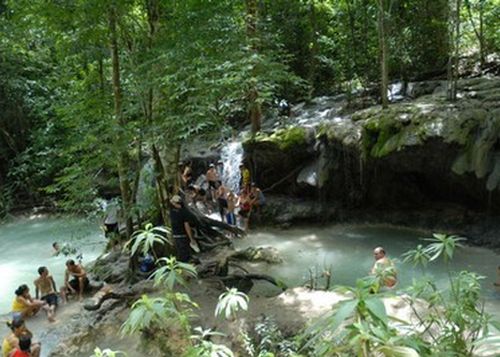Nature tourism in Cuba is today one of the main issues of the meeting among participants in an important international gathering in the world of travel.
The holding in this island of 10th International Nature Tourism Event, Turnat 2015, has much to do with the development of the travel industry in this country. Cuba has 110,922 square kilometers, including 746 kilometers of coastline (an overall length of 1,250 kilometers from Cabo de San Antonio, the westernmost tip, to Punta Maisi, the easternmost tip).
To complete the Geostatistical panorama, we should remember that this island has 200 bays, 2,000 cays and islets, and 588 kilometers of beaches ranked by its importance for tourism.
Another significant example is the most emblematic site of that landscape at Turquino Peak, because it is the highest mountain in Cuba, with 1,974 meters.
There is a National System of Protected Areas (SNAP) ensuring, as of the legal and constitutional framework, nature trips and adventures.
Such areas are classified as of National, Local Significance and Special Regions for Sustainable Development.
About 120 protected areas managed with effective management, 58.87 percent of the total of those identified, and 86.73 percent with probable administration, with good part open to tourism, are registered in this archipelago.
 Escambray ENGLISH EDITION
Escambray ENGLISH EDITION





Escambray reserves the right to publish comments.